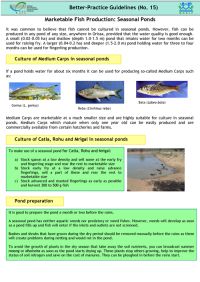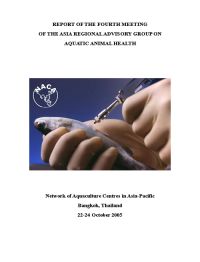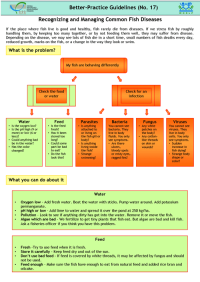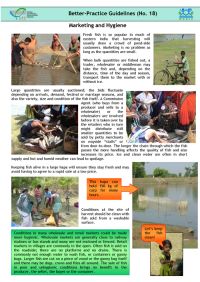It was common to believe that fish cannot be cultured in seasonal ponds. However, fish can be produced in any pond of any size, anywhere in Orissa, provided that the water quality is good enough. A small and shallow pond that retains water for two months can be used for raising fry. A larger and deeper pond holding water for three to four months can be used for fingerling production.
The Asia Regional Advisory Group on Aquatic Animal Health meets annually to discuss regional health issues including emerging disease threats. This report includes a review of regional disease status circa 2005, global and regional disease reporting arrangements, global issues and standards, progress in implementation of the the Regional Technical Guidelines on Health management for the Responsible Movement of Live Aquatic Animals, identification and designation of regional aquatic animal health resources and regional and international cooperation.
If the place where fish live is good and healthy, fish rarely die from diseases. If we stress fish by roughly handling them, by keeping too many together, or by not feeding them well, they may suffer from disease. Depending on the disease, we may see lots of fish die in a short time, small numbers of fish deaths every day, reduced growth, marks on the fish, or a change in the way they look or swim.
Fresh fish is so popular in much of eastern India that harvesting will usually draw a crowd of pond side customers. Marketing is no problem so long as the quantities are small. When bulk quantities are fished out a trader, wholesaler or a middleman may take the fish and depending on the distance, time of the day and season, transport them to the market with or without ice.




